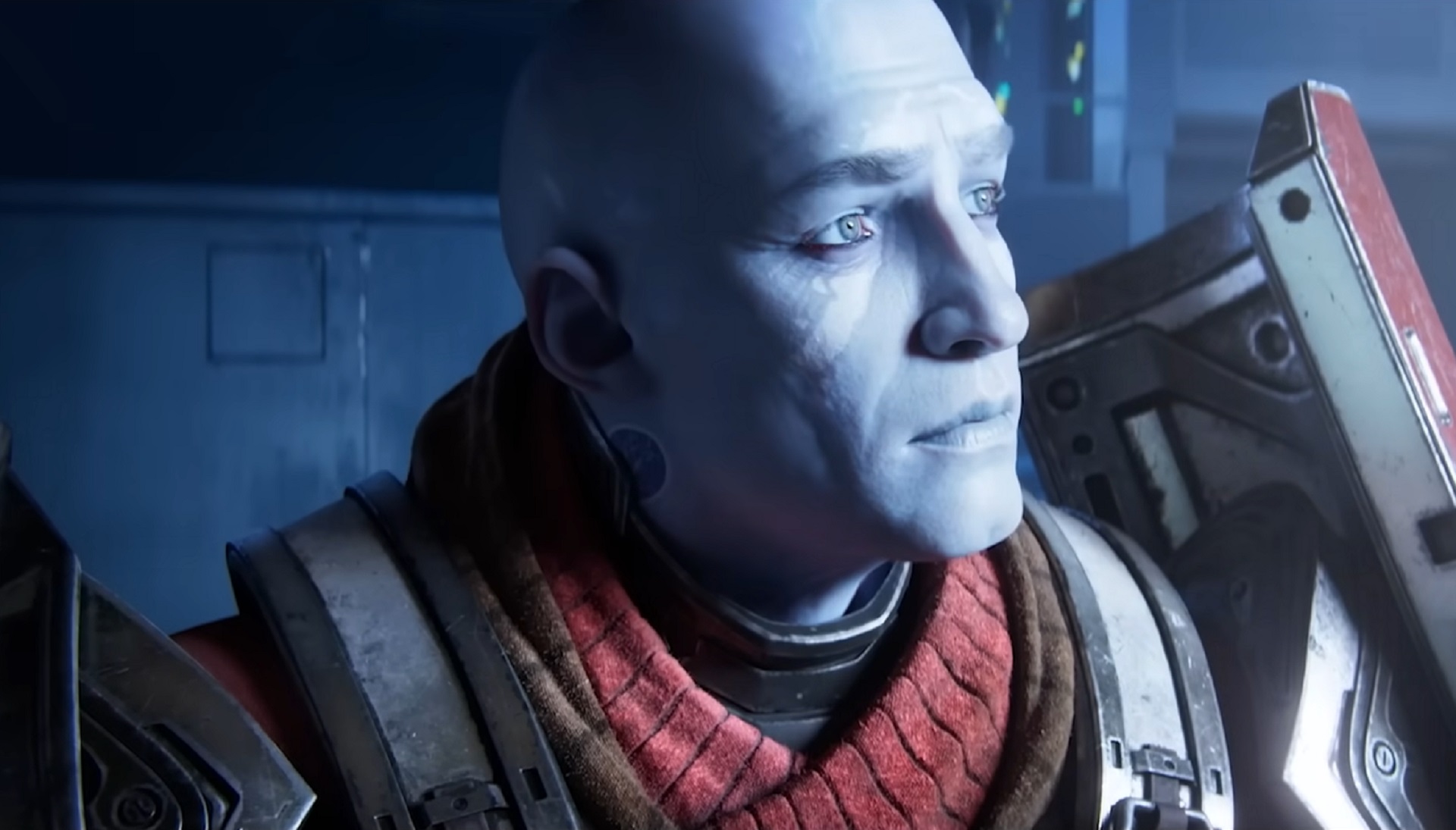
(Image credit: Bungie)
In the autumn of 2022, Bungie encountered a significant challenge. As the developer behind Destiny 2, they often dealt with various issues, but this was unprecedented. During a talk at the Game Developers Conference titled ‘Rescuing a Playerbase from the Doldrums: Destiny 2 in 2022,’ principal technical designer Alan Blaine expressed the urgency of the situation. The game’s audience was shrinking rapidly, and they needed a prompt solution.
Typically, a decline in weekly active users is expected between expansions and new season launches, which is standard for live services. However, starting in September 2022, a sharper decline was observed, one unparalleled since 2018. Blaine noted, “Similarly, player sentiment was dropping at an alarming rate.” The usual explanation of seasonal fatigue didn’t completely account for this trend.
Concern rose among the leadership as pre-orders for the upcoming annual expansion were suboptimal. Given that strong expansion sales form the cornerstone of Bungie’s revenue, immediate action was essential. Thus, a ‘Player Retention Team’ (PRT) was formed—an elite task force determined to rapidly enhance player sentiment and retention.
The PRT, comprised of developers from diverse disciplines, was tasked with implementing quick fixes to the game. Their approach often required taking bold steps without traditional go-ahead, with the timer always ticking. “If you can’t communicate the player impact succinctly, it would be tough for players to comprehend why they should care,” emphasized Blaine, focusing on impactful and swift changes.
Often, this urgency meant PRT members looked for features that could be integrated into the live game within a week. Long-desired player requests, which had taken the backseat to new expansions, were prioritized by the PRT. These focused efforts helped shape new quality-of-life improvements based on player input.
Flexibility was key—only add detail when necessary, working with minimal structure to foster player satisfaction. At times, notifying players about improved features was as vital as the features themselves, leading to more transparent updates on ongoing changes. Blaine remarked, “Communicating with our players helps uplift team morale too.” Weekly emails kept stakeholders updated with new features and key metrics, helping align with player preferences.
As Lightfall approached, the positive impact of the team’s efforts became evident. Data from Bungie’s player surveys revealed an improvement in player sentiment, reflecting the effectiveness of the strategies employed prior to the expansion.
This momentum was maintained beyond Lightfall. Some systematic changes during its final play testing, identified as needing enhancements, were swiftly addressed. While the team’s remit wasn’t to resolve tech debt issues, they achieved substantial player-oriented changes.
Notably, a significant error led to a 24-hour game downtime and a historic database rollback—an unexpected hiccup amid their otherwise successful run. The lessons gleaned from this season have informed a postmortem playbook designed to guide future PRT efforts within Bungie and the broader PlayStation family.
The temporary nature of the PRT is strategic. Each game area they address requires customized solutions. Once they become permanent, desirable agility would be lost to backlog and processes, Blaine reasoned.
While Lightfall faced critical reviews for recurring issues, Blaine’s team was focused on other areas, such as tuning gameplay mechanics. Despite narrative challenges beyond their control, significant improvements to the game’s performance and player feedback were achieved.
This episode offers an intriguing insight into live service management and reflects Destiny 2‘s ongoing evolution from successes like The Witch Queen to further challenges. Even amidst game struggles, Bungie’s commitment to fostering player satisfaction is clear, buoyed by an agile, player-centered approach.
In a lighter vein, sometimes issues transform into features, like the amusing case where Exotic Glaives were inadvertently made accessible to all player classes—much to the community’s delight as Bungie let this “ride”.